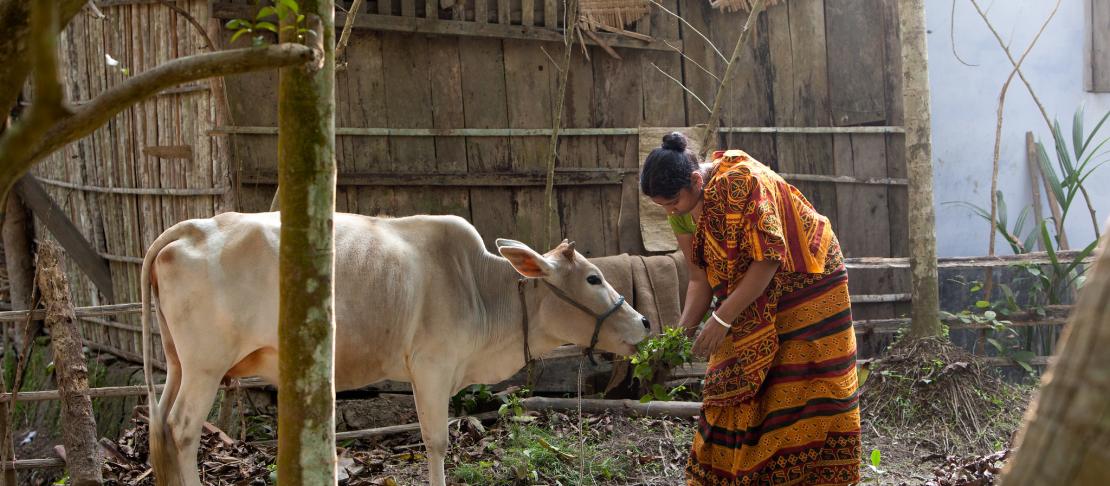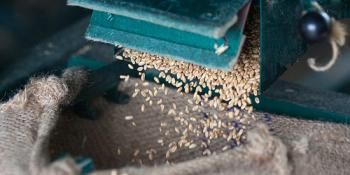Not only a villain - livestock's role in reducing emissions

by Nancy Moss
"Fewer but better fed animals can make livestock production more efficient." This was said by Mario Herrero at the International Livestock Research Institute (ILRI) in Nairobi. Herrero was speaking on 13 November 2012 in the fourth of a series of science seminars organized by the CGIAR Research Program on Climate Change, Agriculture and Food Security (CCAFS). The presentation was live-streamed to an online audience of 220 people in front of a live audience of 40.
Herrero, an agricultural systems analyst at ILRI, gave an up-to-date overview of ways the livestock sector in developing countries can help mitigate greenhouse gas emissions."We face the challenge of feeding an increasing human population, estimated to reach 9 billion by 2050, and doing so in ways that are socially just, economically profitable and environmental friendly," he said.
This matters a lot. There are about 17 billion domestic animals in the world, with most of these in developing countries. Raising these animals generates greenhouse gases such as methane (emitted through enteric fermentation and some manure management practices). And the number of livestock in the developing world will only increase in future decades. Read the full story on the International Livestock Research Institute (ILRI) blog.
View Mario Herrero's full presentation below:
Nancy Moss is a Communications Assistant at the International Livestock Research Institute (ILRI).

